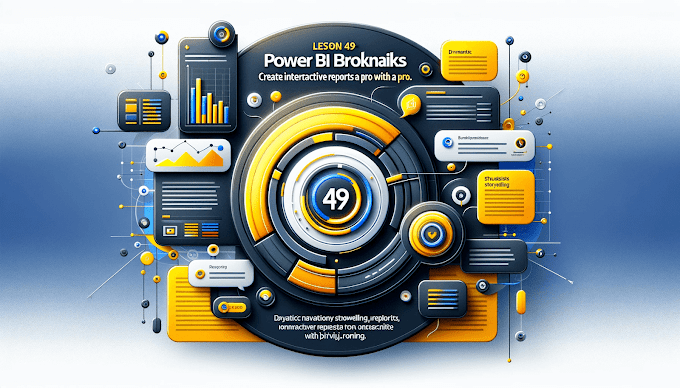Welcome Back to virvijay.com
When building reports for multiple departments, clients, or roles, you don’t want everyone seeing everything, right? That’s where Row-Level Security (RLS) comes in!
RLS lets you filter data based on the user viewing the report — meaning each person sees only the data they’re allowed to.
👁️ What Is Row-Level Security in Power BI?
Row-Level Security (RLS) restricts access to specific rows in a dataset based on filters you define. It’s especially important when:
- Sharing reports with clients or partners
- Segmenting data by region, department, or user role
- Protecting sensitive business data
🛠️ How to Implement RLS in Power BI
Step 1: Create Roles
- Go to Modeling → Manage Roles
- Click Create, give a role name
- Choose a table, and define a filter (e.g., [Region] = "North")
Step 2: Test the Role
- Click View As Roles
- Choose your defined role
- Power BI will simulate the restricted view
Step 3: Publish & Assign Roles
- After publishing to Power BI Service:
- Go to Dataset → Security
- Assign users or groups to each role
Now, each user only sees their own slice of the data.
🧠 Real-World RLS Examples
⚠️ Things to Watch Out For
- RLS works only on Import and DirectQuery, not on Live connections to Analysis Services.
- Use USERPRINCIPALNAME() carefully — it must match Azure AD usernames.
- RLS does not apply in Power BI Desktop when exporting to Excel.
💬 Pro Tips
- Use dynamic RLS with user tables for scalable access control
- Test thoroughly before sharing reports
- Document role logic for audits and compliance
- Combine with Power BI Apps for better deployment
📧 Need help setting up RLS?
Email us at support@virvijay.com — we’ll guide you step-by-step!
---------------------------------------------------------------------------------------------------------------------------
#Power BI RLS tutorial, row-level security Power BI, control access to data, user-based filters in Power BI, Power BI secure report sharing, support@virvijay.com,Learn how to use Row-Level Security (RLS) in Power BI to restrict data by user or role. Secure your reports and control access with this beginner-friendly RLS guide

%20%E2%80%93%20Control%20Who%20Sees%20What'%20with%20virvijay.com.%20The%20layout%20shows%20a%20Powe.jpg)
















